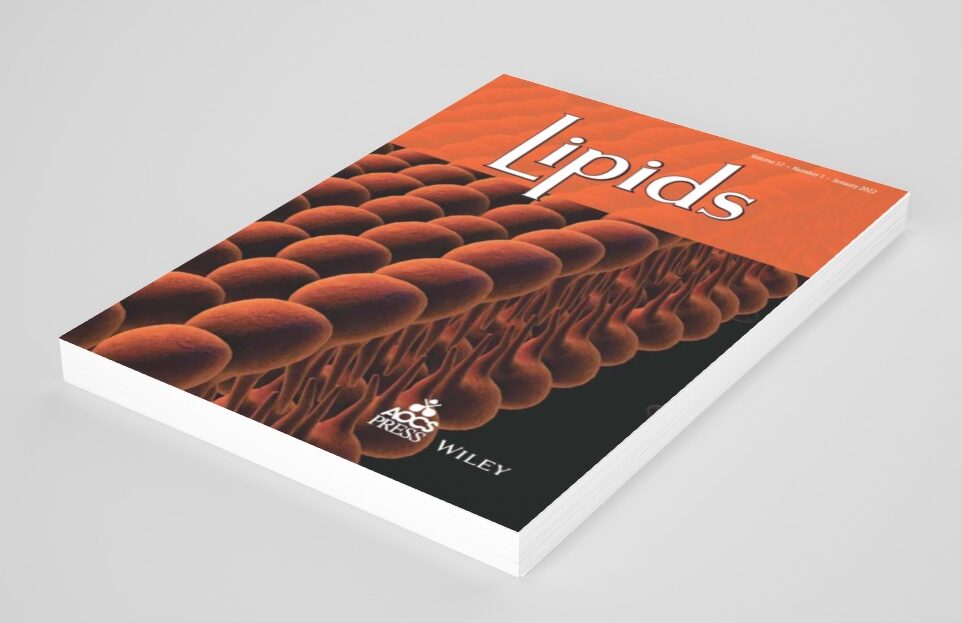
Publication: Lipids
Oat bran is suggested to attenuate atherosclerotic conditions by regulating dyslipidemia, endothelial function, and oxidative damage. Through the measurement of oxidized polyunsaturated fatty acid (PUFA), oxidative stress, and inflammation status in liver and heart tissues of apolipoprotein E−/− (ApoE −/−), mice fed with high fat diet (HFD) or HFD with oat bran (HFD + Oat) were investigated. Using liquid chromatography tandem mass spectrometry (LC–MS/MS), PUFA and over 40 types of its oxidized products were assessed. The HFD + Oat group had augmented adrenic acid (ADA), eicosapentaenoic acid (EPA), and docosahexaenoic acid (DHA) and suppressed n-3 docosapentaenoic acid levels in the liver tissues compared to the HFD group. Arachidonic acid (ARA) and α-linolenic acid (ALA) levels were elevated and ADA was suppressed in the heart tissues of the HFD + Oat group compared to the HFD group. Furthermore, enzymatically mediated oxidized ARA product levels (9-, 11- and 20-HETE [hydroxyeicosatetraenoic acid], and PGF2α) were augmented and those of the oxidized DHA products (4-, 7-, 10-, 11-, 13-, and 14-HDHA [hydroxy-docosahexaenoic acid]) were reduced in the liver tissues of the HFD + Oat group. It also increased 17-F2t-dihomo-isoprostane and 7-F2t-dihomo-isofuran derived from nonenzymatic oxidation of ADA in the heart and liver tissues, and those from ALA namely 16-F1t-phytoprostane and 16(RS)-13-epi-STΔ14-9-phytofuran. Our study showed oat bran to be a weak antioxidant and lacked anti-inflammatory properties in atherosclerotic mice. Elevation of oxidized PUFA products that are potentially proinflammatory and vasoconstrictors (HETE, PGF2α) with simultaneous reduction of those that are anti-inflammatory (HDHA) may not be desirable in the pathogenesis of atherosclerosis.
